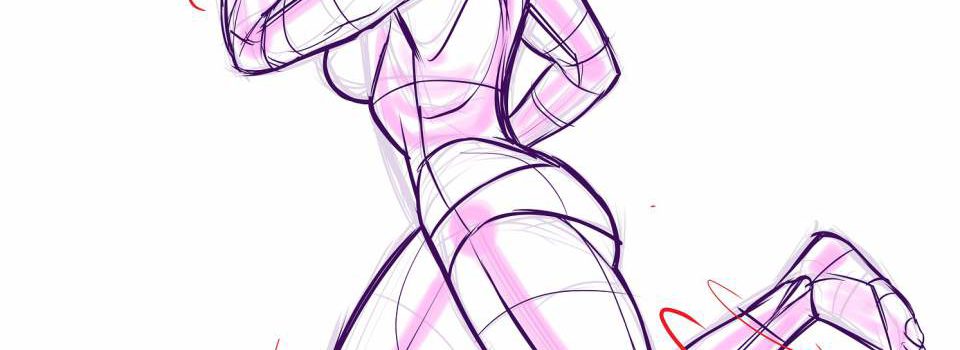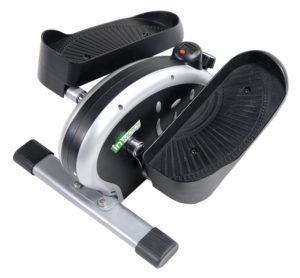There’s no way around it. In order to lose weight, we need to exercise and eat less. Sounds simple enough, right? So why is it so difficult??
Let’s admit it, most of us have gone on a diet more than once or twice. Each time we told ourselves that this is the last time, this time we’ll stick with the plan, lose weight and keep it off, for good. We picked the new fab diet, followed the plan’s rules and…. it didn’t last for long!
We keep losing weight only to gain it back, and we actually usually end up with a few more pounds than what we started with.
The answer is that we want to see quick results, we believe the newest celebrity diet is the answer to our prayers. We want to lose weight the easy and quick way. We think that by limiting our caloric intake we’ll lose weight, and that the less we eat the more pounds we will shed, quickly. Unfortunately, that’s not how the human’s body is designed to work.
Our bodies have a very sophisticated mechanism, and I’m referring to our metabolism. When our body doesn’t get enough calories, an “alarm” goes off in our body. The body realizes that it is being starved, and it goes into emergency mode. In this emergency mode the body is trying to get more calories from different sources. The solution that the body finds is to start burning muscle tissues. Each pound of muscle tissue burns 3 times the calories than a pound of fat, so it makes sense to our body to use what gives it the most energy in order to try and maintain the caloric intake our body is used to.
What happens when the body is burning muscle tissues instead of fat? Not only do we not lose fat, our metabolism slows down, and we burn less calories than we did before starting the diet. Our “new” body, now with less muscle mass, finds it harder to deal with the increased calories we are eating again, and stores the excess energy as fat.
This explains the yo-yo effect that I am sure we are all too familiar with. We go on a diet, try to eat very little, our body starts burning muscle tissues, our metabolism slows down, we start “cheating” and eating more and more, and now we’re eating as much as we used to… but with a slower metabolism! It’s no wonder that very quickly we gain more and more weight, and we end up being heavier than before.
The solution is to first of all not eat too little. In order to maintain your current weight, the number of calories you’ll need to eat is: Your current weight X 12 = how many calories you need daily just to maintain your weight. So if your current weight is 200, you will need to eat: 200×12= 2,400 calories per day. If you’d like to lose 1 pound a week, you will need to cut 500 calories per day, meaning, eat 1,900 calories per day. If you’d like to lose 2 pounds a week, you’ll need to cut 1,000 calories from your daily intake, and eat only 1,400 calories per day.
But wait, there’s more! Exercising is the other key element in losing weight.
Exercising will:
- Increase the amount of calories you burn
- Protect you against muscle loss, especially if you do power training
- Help you control your appetite (glucose is released to the blood during exercise resulting in evening the blood sugar level, making you less hungry)
- Keep you busy, so you’re not eating out of boredom!
- Let you see better result, thus encouraging you to continue and not give up on the process
You can see that there are so many benefits in exercising, so even if you’re perfectly happy being a couch potato, please, do make an effort and try. Just walking a few times a week for 30 minutes will make a dramatic difference.





